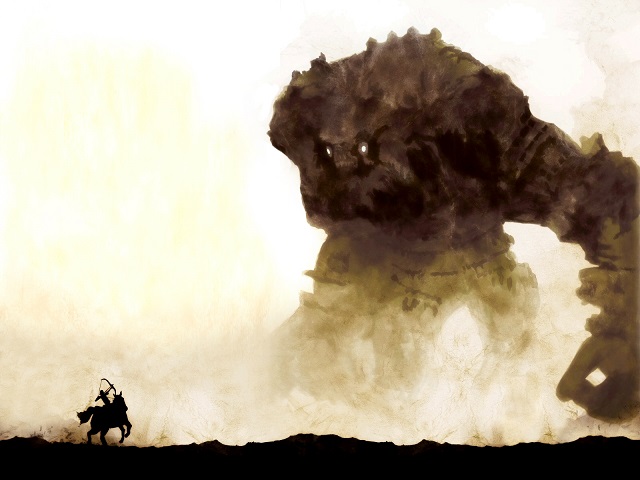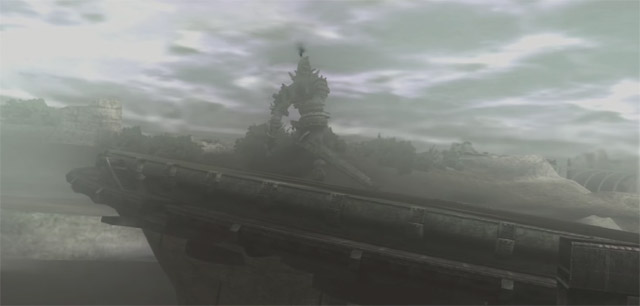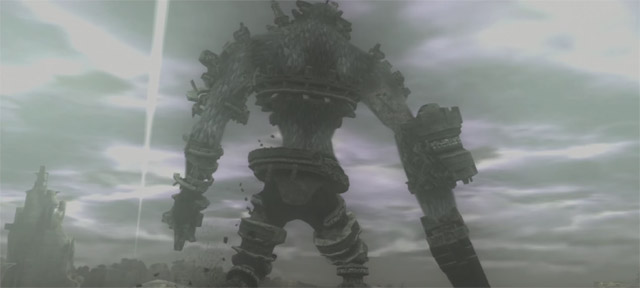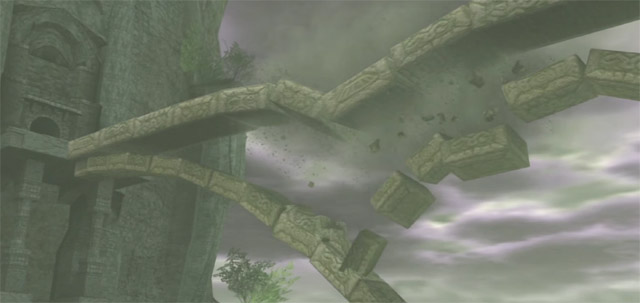Remembering Shadow of the Colossus, One of the Greatest Video Games of All Time
No video game has ever made me cry. The closest I’ve come, however, was when I saw Argo’s limp in the finale of Shadow of the Colossus. It was such a poignant moment in an already emotionally overwhelming game experience that I simply can’t judge you if that scene made you sob like a teenage girl going through her first breakup.
Shadow of the Colossus is simply one of the most beautiful and emotionally powerful games in existence.
The world inside the game is so gorgeous and spacious that meandering around in it is intoxicating. There are vast spaces that offer nothing for meticulous explorers besides the sheer beauty of looking at them, yet that beauty is far greater than any quantifiable reward Team Ico could have offered the game’s players.
That’s an accomplishment that very few game developers can list on their resume, as it seems to run counter to the core expectations of good level design. Good level design gives you things to do, not just things to look at, right? But Shadow makes its pristine world such a brilliant display of art that it’s hard to experience any area in this game without being emotionally affected, even if it’s difficult to articulate exactly what those emotions are that you’re feeling.
In fact, Shadow of the Colossus presented a world so filled with wonder that a very dedicated community of players spent years attempting to obsessively explore every last nook and cranny of it.
On top of this, Wander’s story is one of the most heart-wrenching in all of gaming. The finale smacks players in the chest with its poignancy, hammering home the gravity of the themes the narrative has been dancing around throughout the course of the game. These are themes like companionship, death, and the length to which lovers are willing to go to in order to be reunited.
The thing is, Shadow of the Colossus isn’t ever content to simply be a great game. It works tirelessly to become the epitome of everything modern game design should be striving toward. Any single element of the game would be enough to make it a critical darling: either of the two aspects I’ve mentioned above, for instance, would bring a game to an almost unanimous 9 out of 10 through a majority of game review outlets. But Shadow manages to take just about every element of the game and refine it beyond what most people would have even deemed possible back in 2005, then it makes these elements play off each other in a way that ultimately binds them all together seamlessly.
Perhaps the best example I can give is in its gameplay. You’re tasked with finding 16 colossi in the game’s beautiful valley, and then you must kill them by finding their weak points. The sheer scale of these battles, and the fact that each one unfolds more like a puzzle than a boss fight, is enough to earn Shadow high praise. The game could have simply offered 15 minor variations on that first battle and it still would have been fantastic.
But it doesn’t do that. Instead, it gives us 16 unique battles that almost feel like they could have been pulled from 16 separate games. Every fight forces you to improvise and figure out how to be victorious in a very different combat scenario than the others. You’ll fight creatures who tower over you, and you’ll fight others who are not much larger than you are. You’ll fight creatures who stride laboriously across peaceful fields, creatures who sail through the sky like ribbons in the wind, creatures who burrow through sand or dive deep into lakes. There’s so much variety in the monster design that each one could have almost come from a different team of designers, despite the tiny details that tie them all together.
On top of this, the boss battle gameplay is an essential part of the narrative. This isn’t talked about often enough, though it’s the element that makes Shadow of the Colossus both a video game and a work of art simultaneously.
See, the game’s story could maybe have been told as a film or a novel, but the most effective way for this exact story to be told was as a video game. The fact that it’s you who gets lost in the game’s brilliantly designed world serves as an extreme contrast to the intensity of the boss battles. The fact that it’s you who delivers every single blow to each colossus, despite the emotional cost of doing so, is essential to setting up the game’s final, cynical twist. It was you who got pulled into this terrible chain of events because you were foolish enough to believe in love’s eternal power.
One of the greatest quotes I’ve ever read about Shadow of the Colossus comes from a piece Ben Kuchera wrote for Ars Technica:
One of my favorite novels is a science fiction book called Heroes Die. In it, someone asks the main character what he would do for his wife. “I would burn the world to save her,” he answers. That’s a trite answer in a work of fiction, but it quickly turns terrifying when the man in question is standing in an ocean of gasoline while holding a match.
In Shadow of the Colossus, you’re set in Kuchera’s proverbial ocean of gasoline and given a lit match. The game’s emotional thrust comes from the fact that it has essentially forced you to commit horrible acts of murder upon gentle beings who wish you no harm, and ultimately bring destruction to the beautiful valley you’ve been marveling at through the course of the story. The game’s art design is deliberate enough to show you the pain the colossi feel through that confused, completely innocent look they get in their eyes as you deliver the mortal wounds. The storytelling is well-executed enough to make every action you perform have some sort of meaning, which you might not even understand until the credits roll.
In other words, the story in Shadow of the Colossus is not just some MacGuffin carelessly planted to provide some loose context for gameplay, the way the Princess was used in the original Super Mario Bros. No, the gameplay mechanics are a fundamental part of the game’s narrative; Team Ico has woven narrative and gameplay together so tightly that the two would barely function independently of one another.
I think this harmony between game elements is exactly the sort of thing that game narrative scholar Christopher Yap was referring to when he talked about the “synergistic effect emerging from all of its parts working in concert with each other” that he found in The Legend of Zelda: A Link to the Past. (Yap also considers Shadow of the Colossus worthy of being included in the “canon” of video games as a medium, and I would enthusiastically agree.)
This is what video games need to do in order to be taken seriously as an art form: They need to tell stories that no other form of media could tell successfully, by making gameplay an essential part of the story and vice versa. This is where Shadow of the Colossus succeeds the most profoundly. This is why Shadow of the Colossus deserves to be called art.




